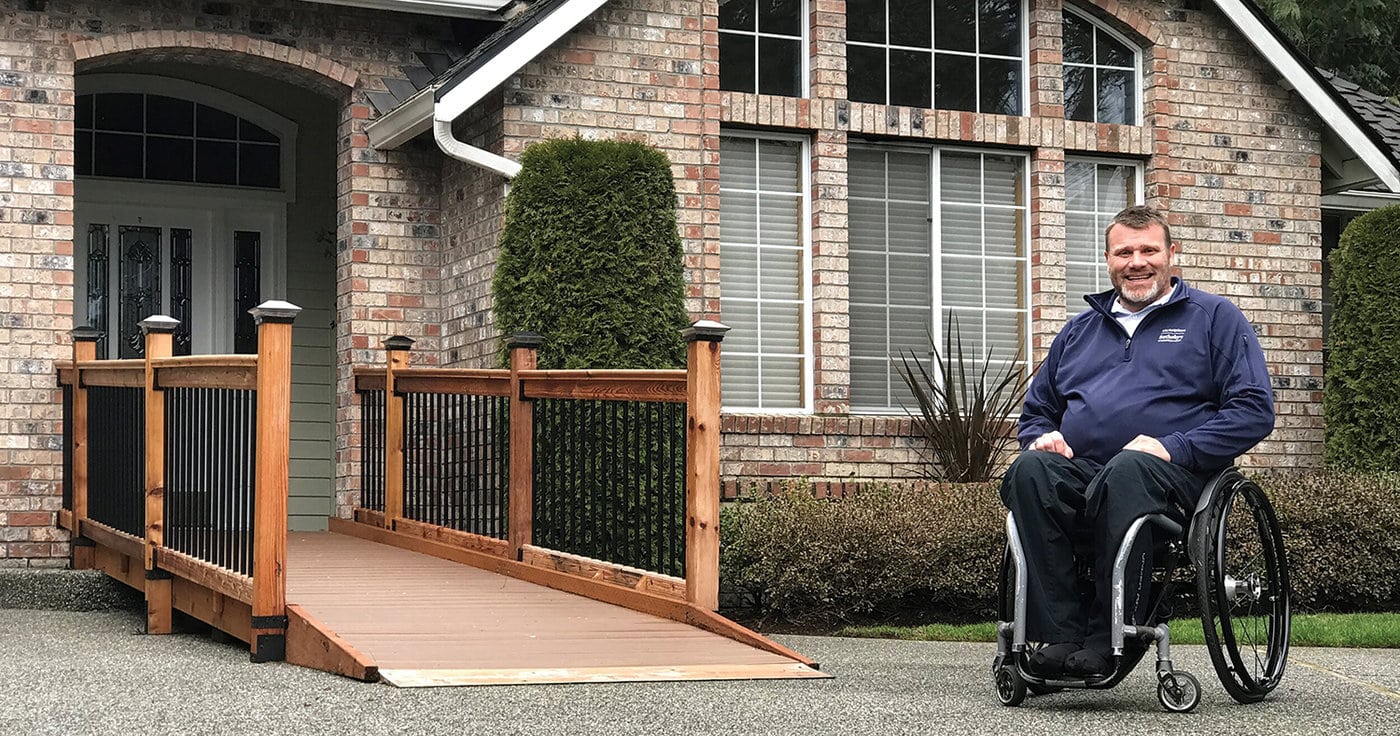
Renovation Loans for Accessibility Improvements: Creating a More Livable Home
5/5/2024
Living in a comfortable and accessible home is essential for everyone. If you or a loved one requires accessibility modifications to navigate your living space safely and independently, renovation loans can empower you to transform your dream home into a reality. Here's a roadmap to financing the accessibility improvements that will enhance your quality of life:

Understanding Your Needs:
The first step is to identify the specific accessibility features you require. This might include:
- Wider doorways and hallways to accommodate wheelchairs or walkers
- Ramps for entry and exit points
- Lowered countertops and cabinets in kitchens and bathrooms
- Grab bars in bathrooms and other strategic locations
- Shower modifications with accessible entry and seating
Financing Accessibility Renovations:
Several loan options can help finance accessibility improvements in your home:
- FHA 203k Loan: This versatile loan is ideal for substantial renovations, including those that focus on accessibility. It allows you to finance the purchase of a fixer-upper and the cost of renovations, even if the primary purpose is to create an accessible living space. The FHA has specific guidelines for accessibility features that qualify under the 203k program.
- HELOC (Home Equity Line of Credit): If you own your home and have built equity, a HELOC can provide a revolving line of credit to finance accessibility renovations. This option offers flexibility, especially for phased projects.
- USDA Rural Development Loan Programs: The USDA offers various loan programs for homeowners in rural areas. Some of these programs prioritize accessibility modifications and might offer more favorable terms for qualifying individuals.
Grants and Assistance Programs:
In addition to loans, there are grant and assistance programs that might help offset the cost of accessibility renovations:
- Federal and State Grants: Research grant programs offered by federal agencies like the Department of Housing and Urban Development (HUD) or your state's disability services agency. These programs might offer financial aid for accessibility modifications.
- Non-Profit Organizations: Several non-profit organizations focus on assisting individuals with disabilities. These organizations might offer grants or financial assistance programs to help with accessibility renovations.
Finding the Right Fit:
- Consult with a Financial Advisor: Discuss your financial situation and renovation goals with a financial advisor to determine the most suitable financing option for your needs.
- Consider a Certified Aging-in-Place Specialist (CAPS): A CAPS can provide valuable insights into accessibility modifications, potential costs, and identify financing options or grant programs you might qualify for.
Creating a Livable Space:
By strategically utilizing renovation loans and exploring grant opportunities, you can finance the accessibility features that will transform your home into a safe and comfortable haven. An accessible home fosters independence, dignity, and a sense of security, allowing you to live life to the fullest within the comfort of your own walls.
Remember:
- Planning is Key: Meticulously plan your renovation project, outlining the necessary accessibility features and obtaining detailed cost estimates from qualified contractors.
- Prioritize Needs: Focus on the essential accessibility modifications that will have the most significant impact on your daily life.
- Embrace Accessibility as an Investment: Accessibility improvements not only enhance your quality of life but can also increase your home's value in the long run.
With careful planning and the right financing options, you can create a dream home that is both beautiful and accessible, a space that empowers you to live independently and thrive.
